Table of content
Introduction
Snails, a culinary delight enjoyed across cultures, have long been celebrated for their unique flavor and tender texture when prepared correctly. While dishes like French escargots de Bourgogne and Chinese spicy river snails have global fame, mastering the cooking time for shelled snails remains a common challenge for home cooks and professionals alike. This article delves into the science, techniques, and cultural nuances of cooking shelled snails to perfection, ensuring both safety and gastronomic pleasure.
The Basics of Snail Preparation
Before addressing cooking times, it is crucial to understand the initial steps of snail preparation. Even when purchasing pre-shelled snails, thorough cleaning and blanching are essential to eliminate impurities and ensure even cooking.
-
Sourcing and Cleaning
- Fresh vs. Pre-Cooked: Fresh snails require extensive cleaning, including purging (feeding them cornmeal to expel grit) and manual scrubbing. Pre-cooked or canned snails, common in supermarkets, skip this step but still need rinsing.
- Blanching: Submerge shelled snails in boiling water for 3–5 minutes. This process firms the meat, loosens residual debris, and reduces cooking time later.
-
Initial Seasoning
Marinate blanched snails in a mixture of olive oil, garlic, herbs (thyme, parsley), and a splash of white wine for 1–2 hours. This step infuses flavor and tenderizes the meat.
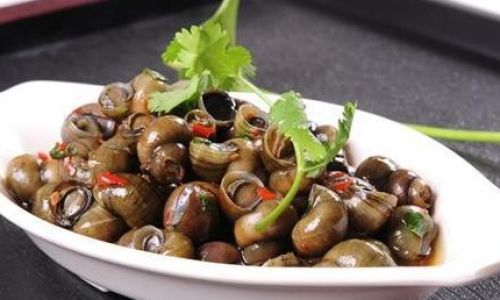
Cooking Methods and Timing
The cooking time for shelled snails varies based on the method, heat intensity, and desired texture. Below are the most effective techniques:
Braising (Recommended for Tenderness)
Braising involves slow-cooking snails in liquid, resulting in melt-in-the-mouth texture.
- Process:
- Sauté aromatics (shallots, garlic, carrots) in butter or oil.
- Add snails, herbs, and liquid (wine, broth, or tomato sauce).
- Simmer gently at 160–180°F (71–82°C) for 25–35 minutes.
- Timing Insights:
- Smaller snails (e.g., Helix pomatia) may cook in 20 minutes.
- Larger varieties (e.g., Cornu aspersum) require 30–35 minutes.
- Overcooking risks toughness; test doneness by piercing with a knife—it should glide through effortlessly.
Steaming (For Delicate Flavor)
Steaming preserves natural juices and subtle flavors.
- Process:
- Place snails in a steamer basket over simmering water infused with lemon, ginger, or herbs.
- Steam for 15–20 minutes, depending on size.
- Timing Insights:
- Add 5 minutes if steaming from frozen.
- For added richness, toss snails in olive oil and herbs before steaming.
Sautéing or Pan-Frying (For Crispy Texture)
This method suits pre-cooked snails or those blanched earlier.
- Process:
- Heat oil or butter in a pan.
- Sear snails for 2–3 minutes per side until golden-brown.
- Timing Insights:
- Avoid overcrowding the pan to prevent steaming.
- Pair with garlic butter or chili flakes for complexity.
Grilling (For Smoky Notes)
Grilled snails develop a charred exterior while remaining tender inside.
- Process:
- Toss snails in oil, salt, and smoked paprika.
- Grill over medium heat for 4–6 minutes, turning occasionally.
- Timing Insights:
- Use skewers to prevent curling.
- Serve immediately to retain juiciness.
Factors Influencing Cooking Time
-
Size and Species:
- Larger snails (e.g., African giant land snails) require 40+ minutes.
- Smaller species (e.g., Otala lactea) cook in 15–20 minutes.
-
Altitude:
At high elevations (above 3,000 feet), water boils at lower temperatures, extending cooking time by 5–10 minutes.
-
Initial Preparation:
Pre-blanched snails cook 10–15% faster than raw ones.
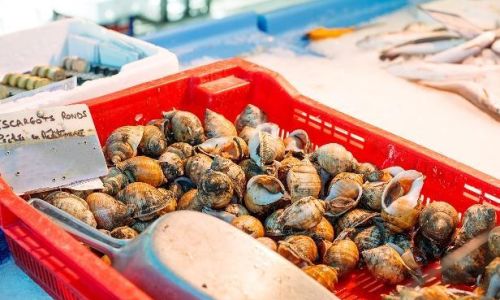
-
Desired Texture:
- For chewy snails (e.g., in stews), reduce cooking time by 5–7 minutes.
- For fall-off-the-bone tenderness, extend braising by 10 minutes.
Testing for Doneness
-
Visual Cues:
- Cooked snails turn opaque and plump.
- Edges may curl slightly.
-
Texture Test:
Press with a fork—it should yield without resistance.
-
Temperature Check:
Use a meat thermometer; internal temperature should reach 165°F (74°C) to eliminate parasites.
Safety and Storage
- Parasite Risks:
- Undercooked snails may harbor Angiostrongylus cantonensis, a lungworm. Ensure thorough cooking.
- Storage:
Cooked snails last 3–4 days refrigerated; reheat gently in broth to prevent drying.
Cultural Variations in Preparation
-
French Escargots:
Braised in garlic-herb butter, baked in shells, and served with crusty bread.
-
Chinese Spicy Snails:
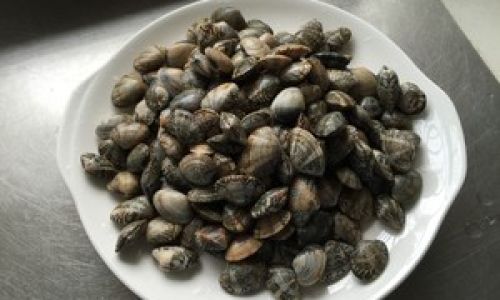
Stir-fried with chili, Sichuan pepper, and doubanjiang, cooked for 8–10 minutes.
-
Mediterranean-Style:
Simmered in tomato-fennel broth with saffron, served with polenta.
Troubleshooting Common Issues
- Tough Snails:
Overcooking or insufficient blanching. Next time, reduce braising time by 5 minutes.
- Gritty Texture:
Inadequate purging. Soak fresh snails in cornmeal-water for 12 hours before cooking.
- Bland Flavor:
Marinate longer or enhance braising liquid with anchovies or Parmesan rinds.
Advanced Techniques
-
Sous-Vide Precision:
Vacuum-seal snails with butter and herbs, cook at 176°F (80°C) for 45 minutes.
-
Smoking:
Cold-smoke snails for 30 minutes before braising to impart depth.
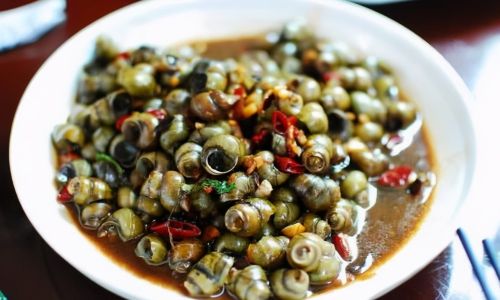
-
Fermentation:
Marinate snails in kimchi brine for 24 hours for a tangy twist.
Pairing and Presentation
- Beverages:
Pair with crisp white wines (Sauvignon Blanc) or light lagers.
- Accompaniments:
Serve with herb-infused oils, toasted bread, or pickled vegetables.
- Plating:
Arrange snails in their shells for a rustic appeal, or shred and toss into pasta.
Conclusion
Cooking shelled snails to perfection is an art that balances time, technique, and tradition. Whether braising for hours or searing briefly, understanding the nuances of each method ensures a dish that delights the palate and respects the ingredient’s heritage. Experiment with flavors, adjust timings to your stove’s quirks, and soon, you’ll master this timeless culinary treasure.
Final Tip: Always start with a test batch of 3–4 snails to gauge exact cooking times for your preferred method and equipment. Bon appétit!
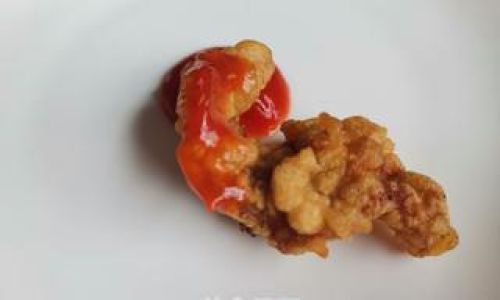

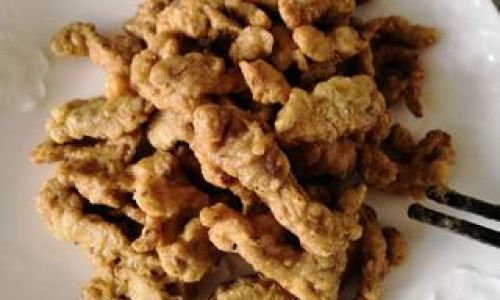

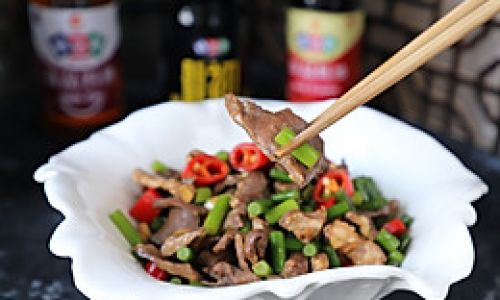

0 comments